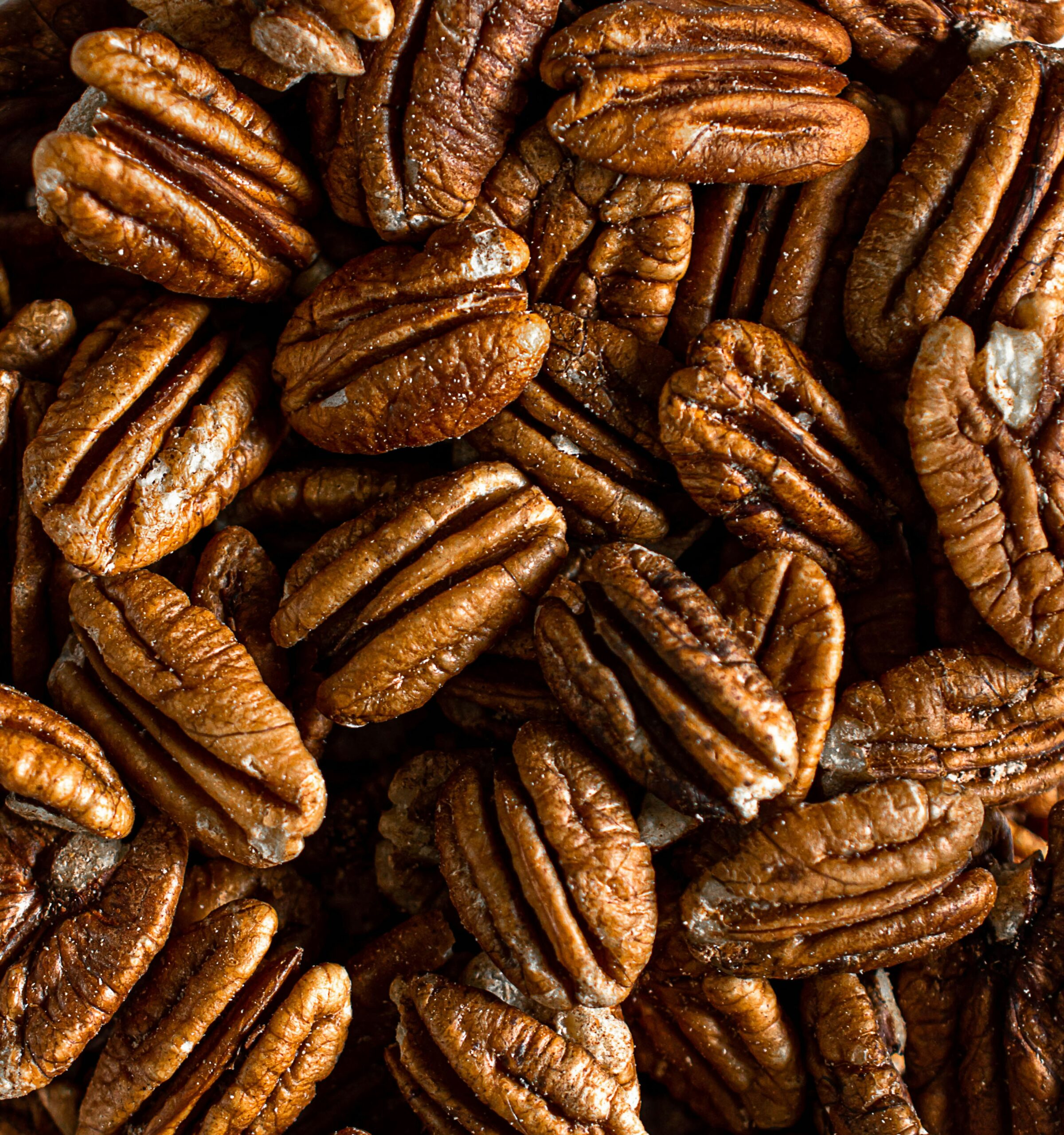
Pecans are a premium tree nut with growing global demand, particularly in confectionery, baking, and healthy snacking markets. Here’s a detailed breakdown of pecans as a traded commodity:
1. Production & Key Growing Regions
Top Producers (2023/24 Estimates)
-
United States (~70% of global production, mainly in Georgia, Texas, New Mexico)
-
Mexico (rapidly expanding, key exporter to the U.S. and Asia)
-
South Africa (emerging producer, exports to Europe & Asia)
-
Australia (small but growing industry)
-
Brazil & Israel (developing production)
-
Climate Requirements: Pecan trees thrive in warm climates with long growing seasons and well-drained soil.
2. Types of Pecans
-
Native Pecans: Wild or naturally grown, often smaller with a stronger flavor.
-
Improved Varieties (Grafted): Commercial cultivars (e.g., Desirable, Stuart, Pawnee) with larger, more uniform nuts.
-
Organic vs. Conventional: Organic pecans fetch a premium price.
3. Major Uses & Demand Drivers
Food Industry (Primary Market)
-
Snacking: Roasted, salted, or flavored pecans.
-
Bakery & Confectionery: Pecan pies, pralines, chocolates, ice cream.
-
Dairy Alternatives: Pecan milk (a niche but growing market).
-
Oil: Cold-pressed pecan oil (culinary & cosmetic uses).
Health & Nutrition
-
Rich in healthy fats (monounsaturated), antioxidants, and minerals.
-
Linked to heart health and diabetes management.
Industrial Uses
-
Shell Byproducts: Used for mulch, smoking chips, and biofuel.
4. Global Trade & Market Trends
Leading Exporters
-
United States (largest exporter, especially to China and EU)
-
Mexico (exports to the U.S. for processing and re-export)
-
South Africa (exports to Europe and Asia)
Leading Importers
-
China (biggest importer, driven by middle-class demand)
-
European Union (Germany, Netherlands, UK)
-
Canada & Middle East (growing markets)
Price Influencing Factors
-
U.S.-China Trade Relations (tariffs impact demand).
-
Weather & Crop Yields (late frosts, hurricanes affect production).
-
Labor Costs (harvesting is labor-intensive).
-
Competition from Other Nuts (walnuts, almonds).
5. Price & Futures Market
-
No formal futures market (unlike almonds), but traded OTC and via contracts.
-
USDA & INC reports track pecan prices.
-
Price Tiers: Based on size (e.g., mammoth halves vs. pieces).
6. Challenges in the Pecan Industry
-
Biennial Bearing Cycle: Trees alternate between high and low yields.
-
Water-Intensive: Requires significant irrigation in dry regions.
-
Pests & Diseases: Pecan weevil, scab disease.
-
Long Growth Period: Takes 7-10 years for trees to mature.
7. Future Outlook
-
China’s Growing Appetite: Increasing imports for gifting and confectionery.
-
Health & Premiumization: Demand for organic and flavored pecans.
-
Mechanization: New harvesting tech to reduce labor costs.
-
Climate Adaptation: Drought-resistant varieties in development.
Would you like details on:
-
Current pecan price trends?
-
Comparison with walnuts/almonds?
-
Investment opportunities (stocks, farming)?
